Why Oregon Is Leading the Way in Wheelchair Accessible Tourism
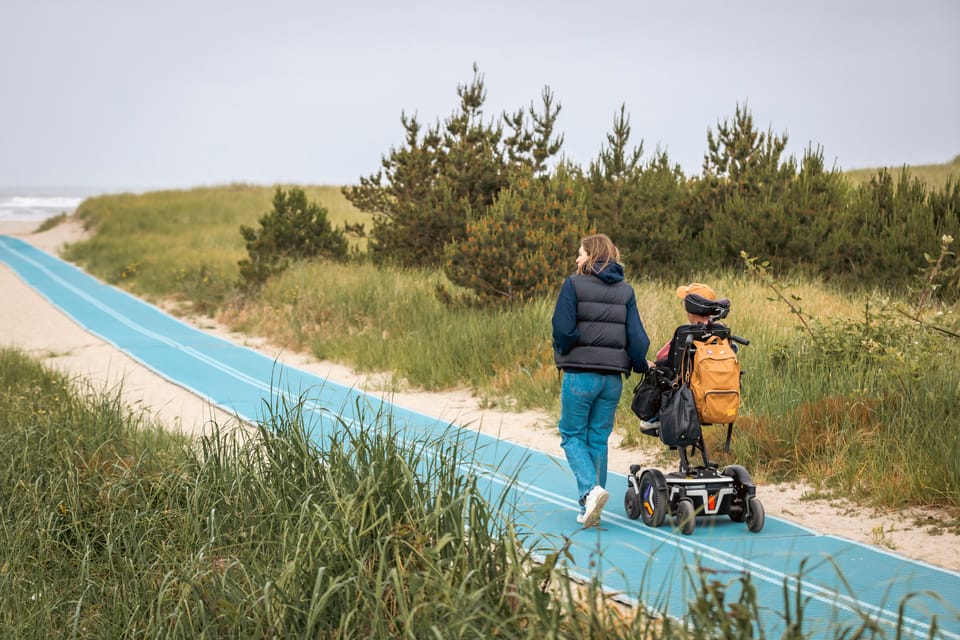
When you think of Oregon, you might picture rugged coastlines, snow-capped mountains, and towns full of craft breweries and cozy cafés. All true. But here’s something you might not know: Oregon is leading the way in wheelchair accessible tourism. Not just in pockets or a few towns, but statewide.
Thanks to a partnership between Wheel the World and Travel Oregon, accessibility has been expert-verified across the state’s hotels, restaurants, wineries, and attractions. That makes Oregon the first U.S. state to back up the idea of “accessible travel” with verified details you can trust.
And that changes everything.
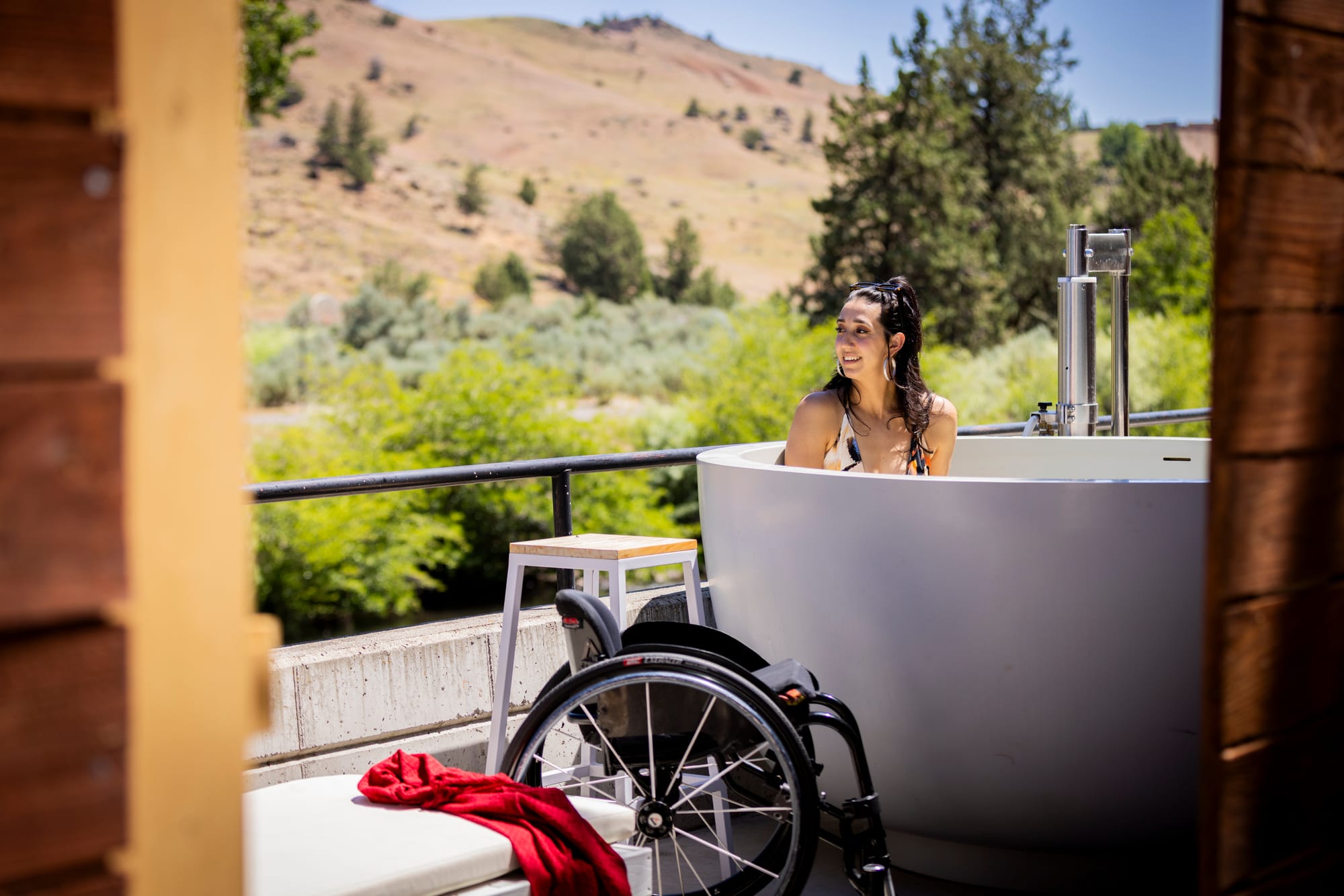
So, What’s Different About Oregon?
Let’s be honest — most travelers with disabilities are used to rolling the dice. You call ahead, you hope for accurate info, and too often you find out the “accessible” bathroom isn’t, or the trail is way too steep.
Oregon is doing it differently. Every listing in the project was visited by an expert “mapper,” someone who physically measured and documented accessibility details. That means you can now find reliable information on things like:
- Doorway and hallway widths
- Step-free entrances and ramps
- Roll-in showers and adapted bathrooms
- Paved paths, mobi-mats, and boardwalks
- Sensory-friendly or quiet spaces
For hotels alone, more than 200 accessibility details were captured. Photos are included too, so you don’t just take someone’s word for it — you see exactly what to expect.
It’s not about labeling something “accessible.” It’s about giving wheelchair users (and travelers with all kinds of needs) the info they need to decide for themselves.
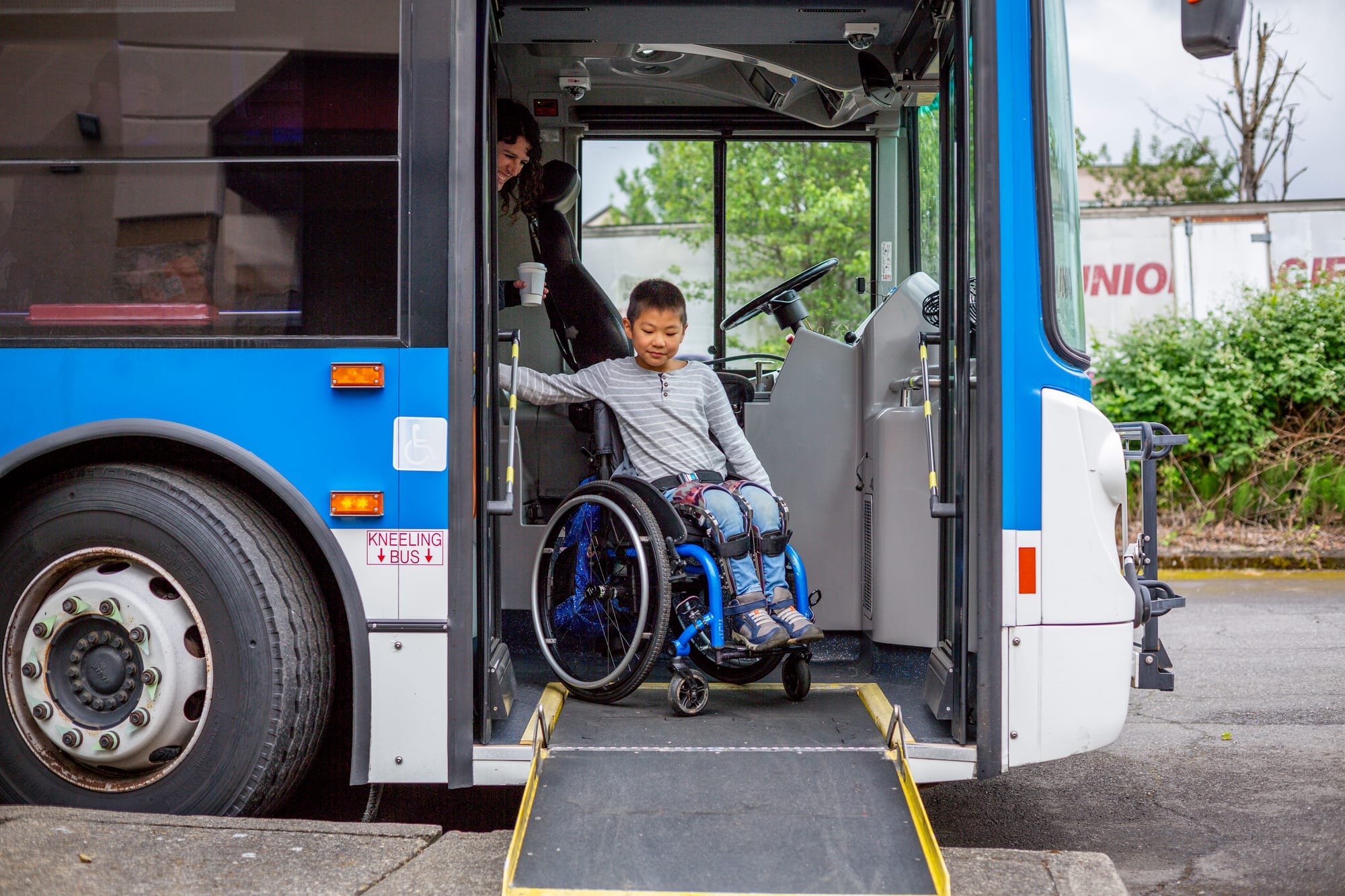
Real Examples of Wheelchair Accessible Travel in Oregon
Here is what wheelchair accessible tourism actually looks like in Oregon:
- Beaches with mobi-mats in places like Seaside, so you can roll straight out onto the sand.
- Adaptive adventures like tree climbing at Silver Falls State Park with guides trained to support wheelchair users, and adaptive hikes in Central Oregon.
- Wineries with step-free patios and wide tasting rooms, like those in McMinnville and Newberg.
- Urban accessibility in Portland, where light rail, restaurants, attractions and hotels offer reliable access.
- Family fun at the Albany Historic Carousel & Museum, where wheelchair users can ride in a chariot-style seat.
- Nature without barriers — paved trails in Salem’s Riverfront Park or accessible overlooks along the Columbia River Gorge.
With this verified info, you’ll know what to expect before you go. And that makes the trip less about logistics and more about enjoying Oregon.
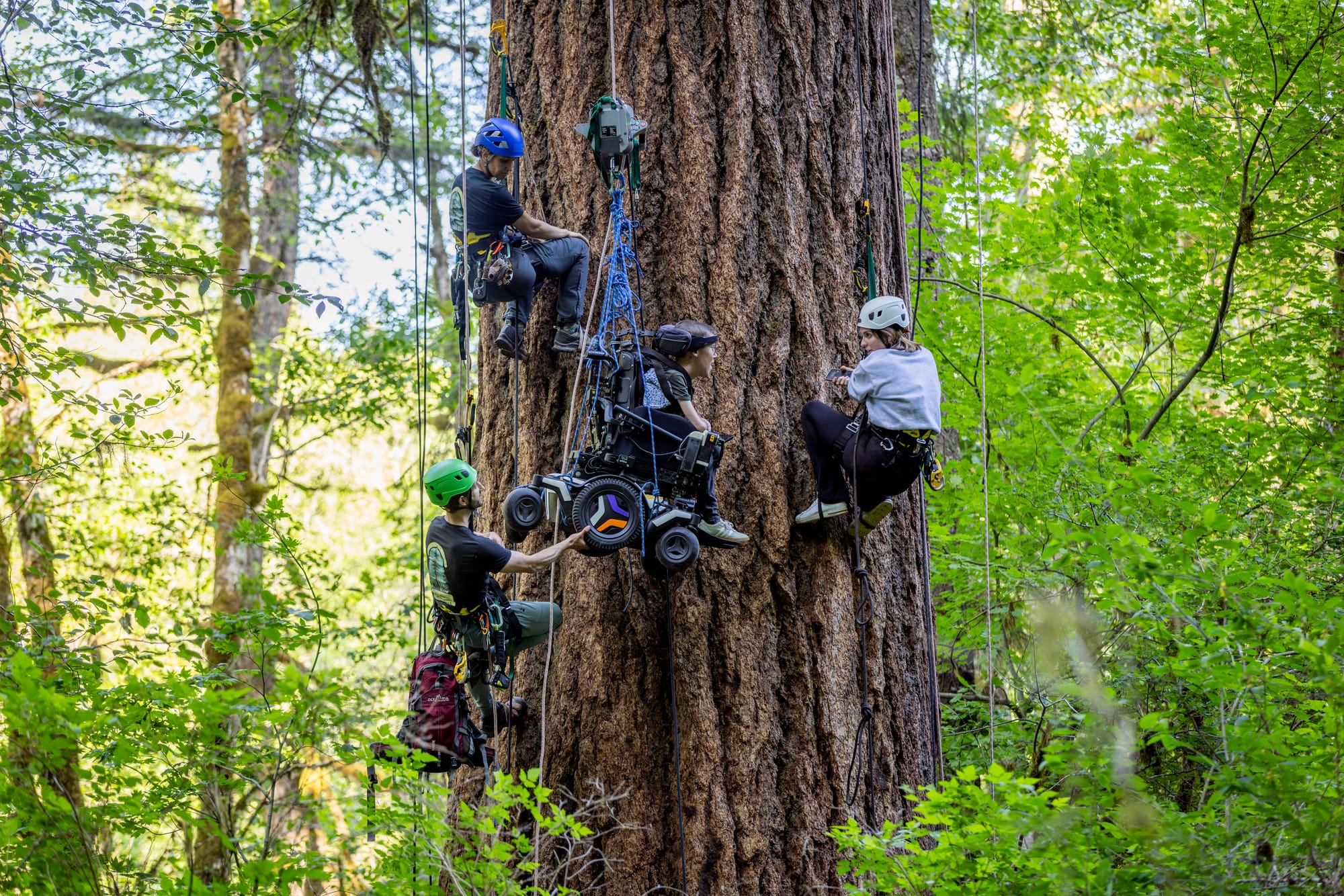
Why This Matters
Oregon is the first to verify them statewide. That means you’re not left piecing things together — the information is consistent whether you’re heading to Portland, the coast, the Gorge, or wine country.
Explore the Guides to Seven Tourism Regions
Oregon's seven tourism regions consist of different landscapes and feel. It just depends on what you are looking for. Whether you want to do a roadtrip down the coast, try epic outdoor adventures in Central Oregon, or a laid-back getaway in wine country, our guides will point you in the right direction.
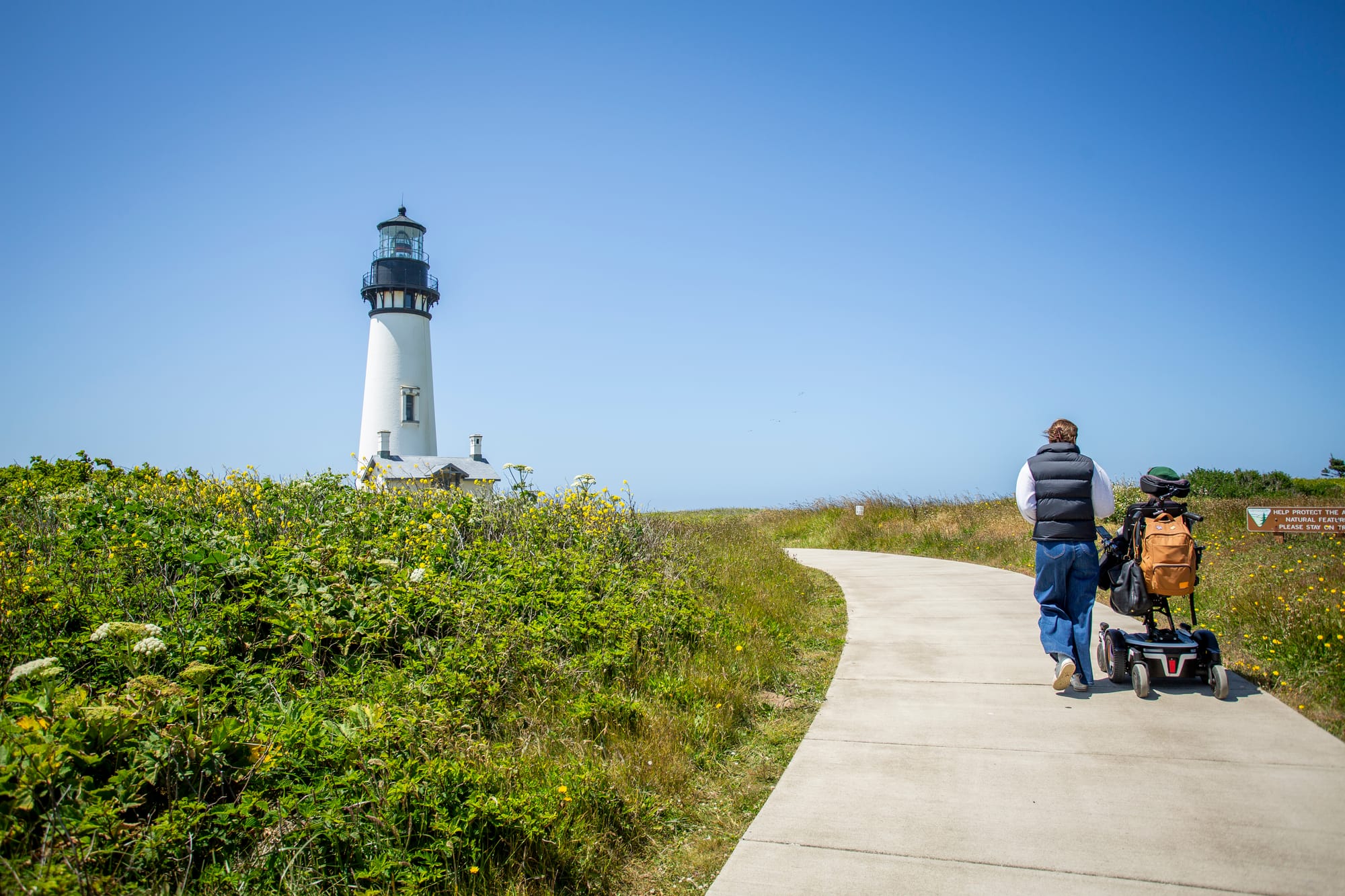
Oregon: Accessibility Happens Here
Plan a getaway with your accessibility needs covered
Start planning

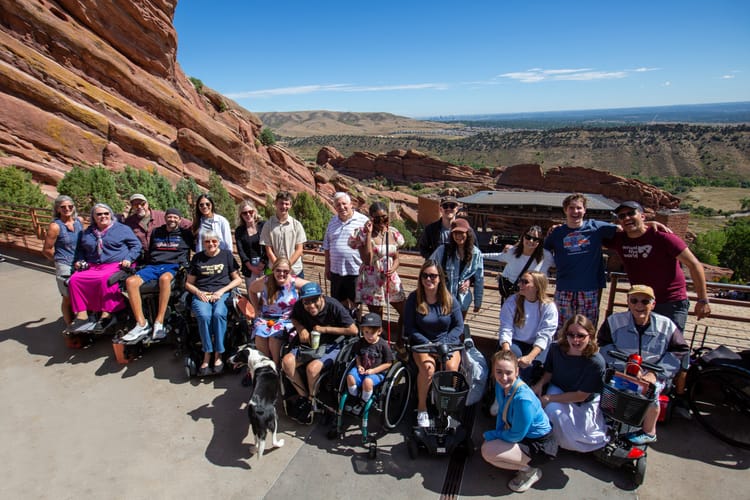
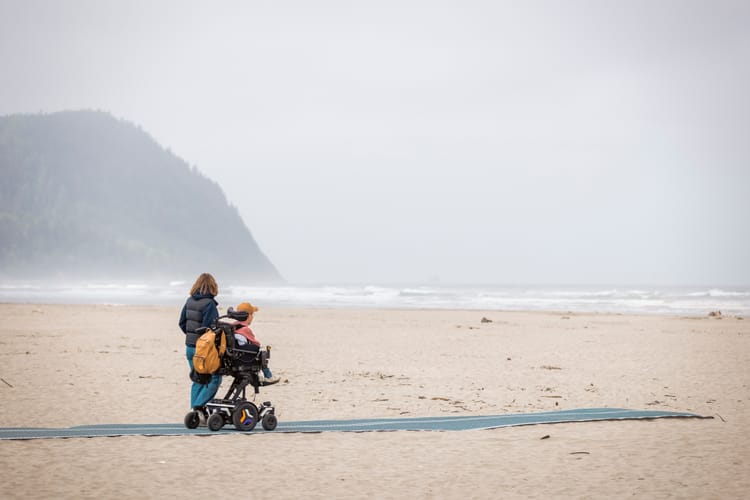

Comments ()